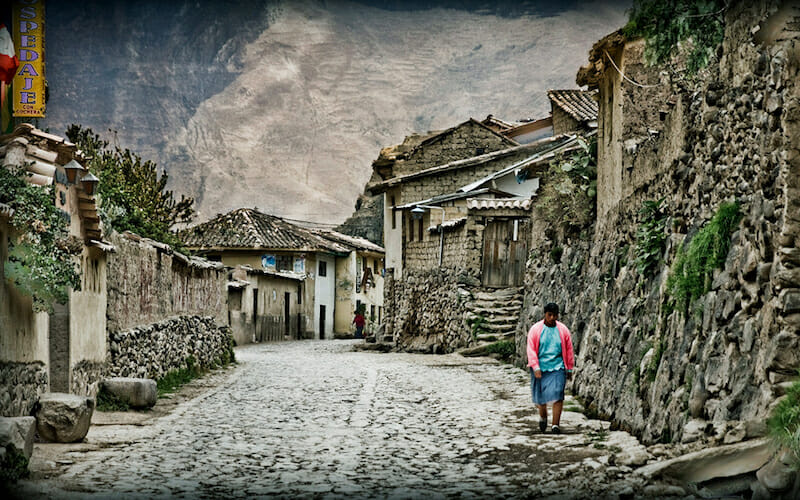
Should We Invest in Peru?
Cristina, a Peruvian girl, used to listen to her parents in the 1980s talk about migrating “to the north” and living the “American dream.” The story has changed: Peru today has one of the strongest economies in South America. Cristina, now a professional in the United States, is planning to return, invest and make possible the “Peruvian dream.”
A transformation is occurring across Peru. Elections were held in 2016 and new regional elections are coming next year. These democratic processes put Peru in the forefront. Recovering stability and protecting investors are its priorities. Peru’s success makes it a serious contender in the global economy and ready to boost Latin American growth and investment.
Peru – joined by Chile, Panama, and Colombia — are shining examples of economies that have overcome difficult economic crises and are attracting new investments. Their priorities are infrastructure, mining, and tourism. China and the European Union are looking towards the region. Their interest is bolstering Latin America, underscoring that it is a potent market with excellent political stability and economic growth opportunities for investors again.
Democracy: The elections in 2016 are the 4th consecutive time where Peruvians can freely elect their representatives. Peru is a leader among the Latin American countries that, through the OAS, are looking to demonstrate their engagement for democracy. It is working to encourage other countries in the region to fight to recover stability. Peru, as one of the strongest economies in the region, has established its commitment to democracy and guarantees liberty and economic opportunities for investors.
Economic growth: The International Monetary Fund estimates that Peru will grow 2.7% during 2017 and 3.8% during 2018, making it one of the most robust economies in the region. A stable economy, liberty (commercial, personal, and monetary), and protection for the investor make this country the future of Latin America. To continue growing, the Peruvian government has to keep working to guarantee inclusive growth through investment in infrastructure, education and health.
Social panorama: After Peru’s 2016 election, stability and security have returned to the country. Prudent macroeconomic policies and structural reforms are fostering high growth and low inflation. Although inequality is still a problem, the government is working on fiscal, structural, and social reforms to increase access to social services for the poor. New institutional frameworks for public and private infrastructure, streamlined administrative procedures, and new tax regimes are reforms that the IMF suggests will help Peru increase productivity, reduce informal markets, and improve the efficiency of public services. These services include education, health, and investments in infrastructure and transportation that will allow all Peruvians to connect with the rest of the country. These reforms will promote economic equality and social stability.
Cristina, who one day dreamed to move north, now realizes that a return home to Peru provides opportunities for a better future. Continued investment from developed countries, together with sound government policies, will guarantee equality, economic growth, and opportunities for all citizens of Peru.
